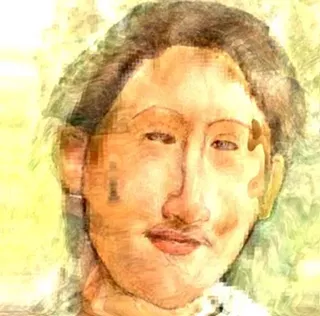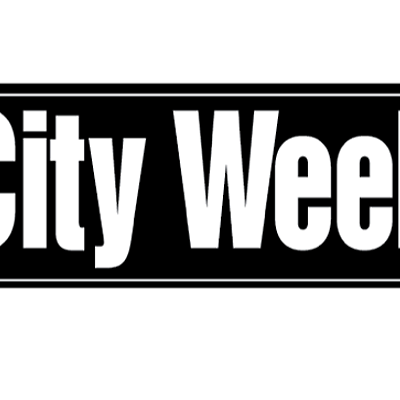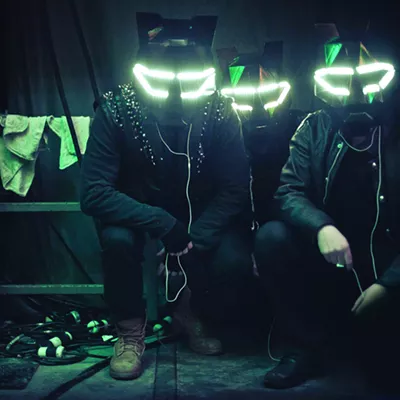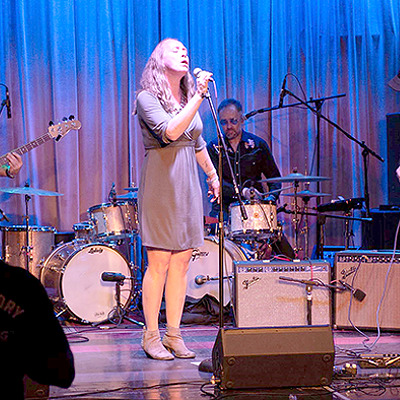This weekend, the Oro Valley Music and Dance Academy will celebrate its grand opening with an instrument petting zoo, dance and music demonstrations, balloon art and the customary ribbon-cutting and speechifying.
It's a branch of the Music and Dance Academy, which was established in Tucson 12 years ago by Nina Tishkevich. She moved with her family to Tucson in the early 1990s, leaving behind the anti-Semitism and political instability of their native Tashkent, Uzbekistan. There, Tishkevich had directed the music department at the Tashkent Music Pedagogy Center, overseeing 3,000 teachers and 14,500 students in 32 music schools.
Between its two locations, the Music and Dance Academy employs 35 faculty members; at the end of the last academic year, about 475 students were on its rolls. It's not as grand as the music-education empire Tishkevich oversaw in Tashkent, but still impressive considering that she got her local start, after a stint teaching at a Montessori school, by renting a single studio at the Tucson Jewish Community Center.
Impressive, and necessary. Schools like this, and private teachers, are increasingly important in the Tucson area. From the 1950s into the early 1970s, Tucson schools enjoyed a golden age of music education, but since then, tighter budgets and changing priorities have taken a toll on school-arts programs. More than ever, students need private arts academies and individual teachers to supplement or personalize what they get in school, or even to replace school programs that have vanished over the years.
The only reason the academy is establishing an outpost in Oro Valley is that it's chasing an existing--and growing--demand for music instruction on the northwest side.
The Music and Dance Academy doesn't just serve schoolkids, either; adults learn there, too. (Years ago, Tishkevich was amazed that American grown-ups would start music lessons from scratch, something uncommon in her native land.) Preschoolers are welcome, too. In fact, a significant portion of the school's curriculum is devoted to instruction for babies.
The Kindermusik program, imported to the United States from Germany more than 30 years ago, starts out with vocal play and imitative movement work for babies up to 18 months old, moves on to basic singing and percussive work through age 3 1/2, and then begins to teach the more sophisticated basics of music. For young school-age kids, there's the famous Orff-Schulwerk system (named after the composer of Carmina Burana), not to mention, starting around age 3, the equally famous Suzuki instruction program, which gives parents hands-on involvement, too.
"Children can start to learn from Day 1," Tishkevich says. "They internalize everything before they understand what they're learning, not realizing anything is difficult, because it's natural to them. We do not tell children they're doing serious things; they just do it, and do it well. They learn through their senses and internalize everything before they know what's happening. First, we help them develop a sense of rhythm and musicality, and when they get to age 2 or so, they start a dance program. They've already developed a sense of rhythm, so that makes our dance teachers happy."
Tishkevich introduced dance into her school last year. "We thought it would be good to have music and dance together," she says, "to develop the whole child and provide a well-rounded education, and it's a good combination for adults, too." It also gets students and faculty involved in interdisciplinary projects; all the dance concerts involve live music.
The academy, at both locations, offers private and group instruction for teens and adults as well, plus noncompetitive student recitals and special events. There's also a "Behind the Music" lecture series tied in with Tucson Symphony Orchestra concerts (some lectures are delivered by TSO personnel, including conductor George Hanson). Tishkevich paraphrases composer Modest Mussorgsky's remark that people only like music that they know, and declares that she's determined to get people to know more so they'll enjoy going to concerts more.
The Aug. 25 grand opening in Oro Valley is intended to give people the idea that they will enjoy taking music and dance lessons. At the academy, Beaver's Band Box will provide the wood and brass critters on display in a musical-instrument petting zoo, where kids can learn about and try out any number of instruments. Steinway Piano Gallery will demonstrate its digital pianos, an enticement to people who don't have the space or money for a concert grand. There will be an interactive dance demonstration, meaning that innocent bystanders will get their feet moving. And a balloon artist will be on hand to provide some nonmusical distractions.
Tishkevich came up through the Russian music system. Russian teaching methods are traditionally strict and demanding, and, not surprisingly, Tishkevich expects her students to be serious, hard workers. But that doesn't mean hours of scales from the time a kid is old enough to sit up straight, or adults playing etudes until their fingers bleed. Tishkevich uses the word "nurturing" a lot when she talks about teaching children, and she certainly didn't come all the way to Tucson just to establish some sort of music gulag.
After all, if you scour the works of Solzhenitsyn and Dostoevsky, you're not likely to find references to balloon art.











